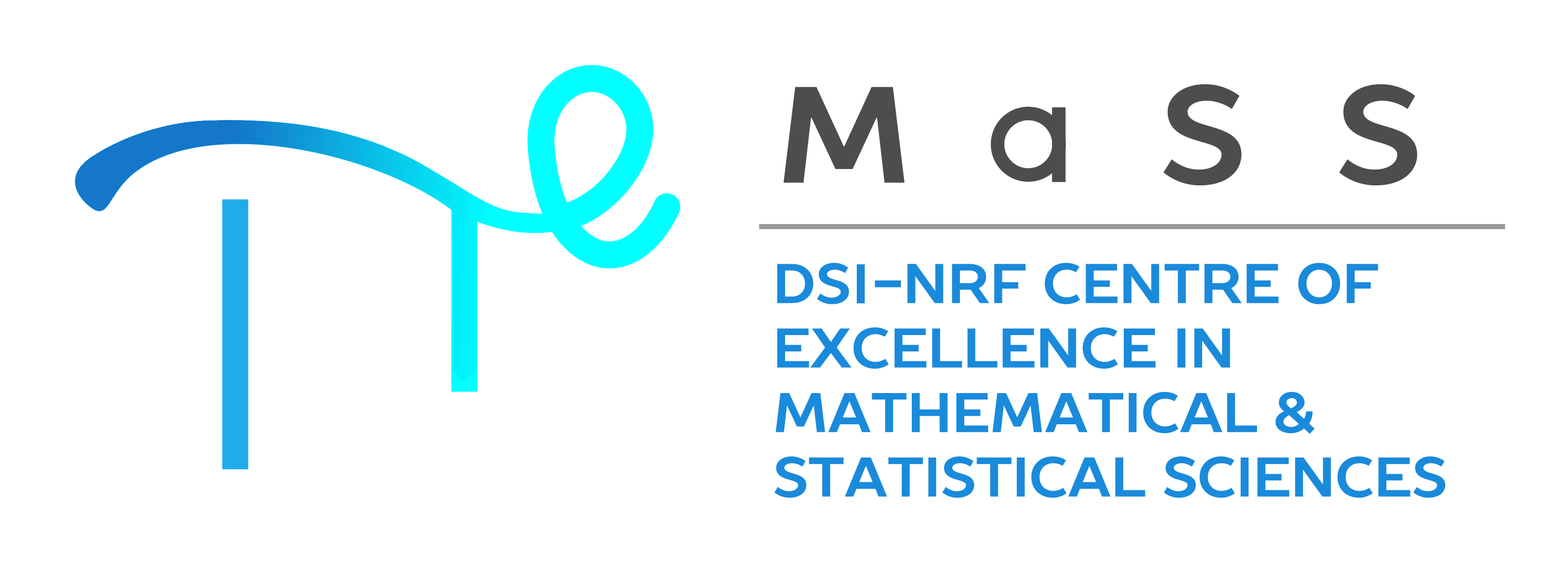Finite element analysis of the effects of the
viscoelastic properties of the Achilles tendon on stress and
strain
Cornel Stander, Stellenbosch
University
The human Achilles tendon is prone to injuries, especially amongst athletes. This tendon consists of fibres and has an intricate hierarchical structure Approximately 70% of its composition is made up of water, with the majority of its dry weight consisting of Type I Collagen.
Collagenous tissues, like tendons and ligaments, display time dependent mechanical behaviours This means that they do not have constant stress-strain relationships, but that these relationships are dependent on displacement time or on applied load. This property is called viscoelasticity.
The eventual objective of this study is to obtain a validated finite element model of the Achilles tendon, which incorporates the effects of its highly hydrated nature, as well as its viscoelastic properties.
The surface geometry of the model is generated from point cloud data, obtained from three-dimensional freehand ultrasound imaging, provided by Griffith University, Australia. Some material parameters are assigned by optimising parameters to tensile experimental data, whilst others are obtained from the literature.


